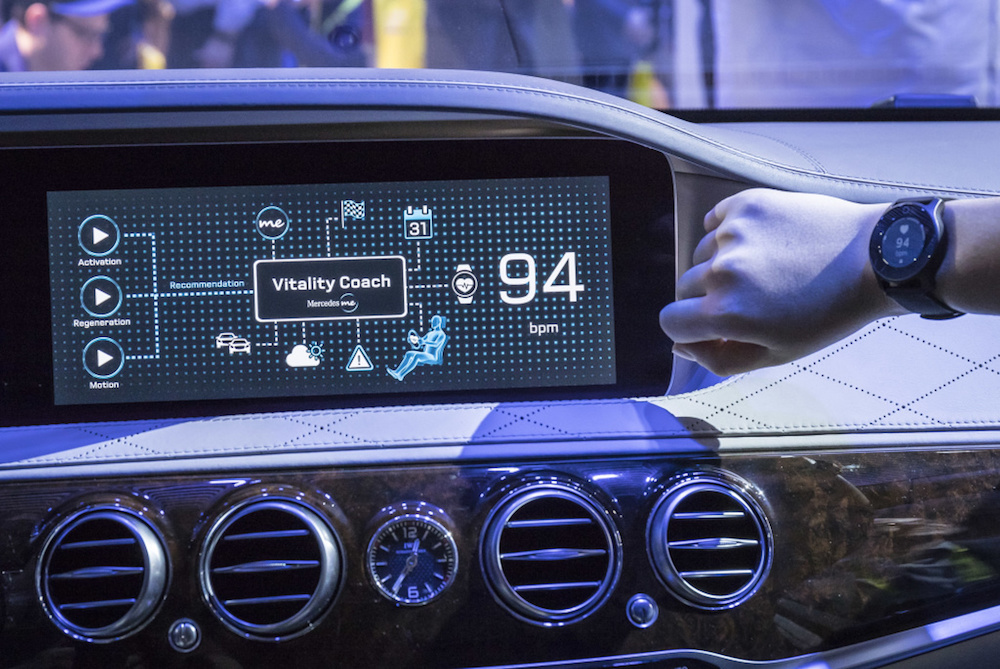What Happened
Mercedes-Benz is looking to improve the driving experience with a new health and wellness initiative that taps wearable data to improve a driver’s mood and comfort level. After setting up a Mercedes Me profile, Mercedes drivers can adjust climate control, lighting, seat massagers, entertainment systems in their vehicles. If they wear a fitness tracker, they can connect it to the profile and receive automatic adjustments on the in-car environments according to their stress level and other physiological stats. For example, if the system detects a driver is sleepy, it will play some energizing tunes to keep the driver alert. Moreover, drivers will also receive personalized health and fitness tips from Mercedes’ Fit and Healthy Coach, even when they stepped out of the vehicle. Mercedes says these features will be released “in the near future.”
What Brands Need To Do
This serves as the latest example of how brands may incorporate fitness and biometric data into AI-powered digital experiences and provide added value to their customers. By launching this wellness initiative, Mercedes is adding a new dimension to its driving experience and, because the initiative can reach drivers even when they’re not in the car, establish a holistic brand presence in customers’ daily lives. More brands can benefit from this approach and expand their services by leveraging those customer data to power new services and brand experiences.
Source: PSFK
Header image courtesy of Mercedes-Benz’s press release

